Numerical analysis and force transfer mechanism of PBL connector in steel-UHPC structure
DOI: 10.23977/jceup.2025.070108 | Downloads: 19 | Views: 488
Author(s)
Sen Xiong 1
Affiliation(s)
1 College of Civil Engineering, Southwest Forestry University, Kunming, 650000, China
Corresponding Author
Sen XiongABSTRACT
Finite element analysis is used to study the numerical analysis and force transfer mechanism of PBL connectors in steel-UHPC structure. Based on the calculated test results, the finite element model is built, the whole process of connector force is analyzed and the parameters are analyzed. After the test verification, the load-slip curve and the test curve are relatively high, and the peak load ratio is between 0.96 and 0.98, with an error of <10%, which can accurately predict the bearing capacity and stress state of the PBL connector. Force transmission mechanism: in the elastic stage, the shear force is shared by the concrete tenon and the steel bar, and the concrete proportion is high; in the elastic-plastic stage, the concrete tenon is gradually plastic, and the load proportion of the steel bar increases; during the limit damage, the concrete tenon damage is obvious, and the steel bar yields, and the test piece loses the bearing capacity. The shear resistance of penetrating reinforcement and concrete tenon are the key to determine the shear bearing capacity of PBL connector. Reasonable selection of UHPC compressive strength, opening steel plate thickness, through the reinforcement yield strength and opening diameter, can effectively improve the mechanical properties of PBL connector. This study provides theoretical support for the design and optimization of PBL connector in the steel-UHPC combination structure.
KEYWORDS
Combined Structure; UHPC; PBL Connector; Finite Element Analysis; Force Transfer MechanismCITE THIS PAPER
Sen Xiong, Numerical analysis and force transfer mechanism of PBL connector in steel-UHPC structure. Journal of Civil Engineering and Urban Planning (2025) Vol. 7: 60-70. DOI: http://dx.doi.org/10.23977/jceup.2025.070108.
REFERENCES
[1] Hu Y, Meloni M, Cheng Z, et al. Flexural performance of steel-UHPC composite beams with shear pockets[C]//Structures. Elsevier, 2020, 27: 570-582.
[2] Yan J B, Li Z X, Xie J. Numerical and parametric studies on steel-elastic concrete composite structures[J]. Journal of Constructional Steel Research, 2017, 133: 84-96.
[3] Ding J, Zhu J, Shi T. Performance of grouped stud connectors in precast steel-UHPC composite bridges under combined shear and tension loads. Engineering Structures 2023:277:115470.
[4] Q.H. Han, Y.H. Wang, J. Xu, Y. Xing, Static behaviour of stud shear connectors in elastic concrete-steel composite beams, J. Constr. Steel Res. 113 (2015) 115–121.
[5] Yang Jian, Fang Zhi. Study on the compressive stress-strain relationship of ultra-high performance concrete [J]. Concrete, 2008, (07): 11-15.
[6] Wang J Y, Gao X L, Yan J B. Developments and mechanical behaviors of steel fiber reinforced ultra-lightweight cement composite with different densities[J]. Construction and Building Materials, 2018, 171: 643-653.
[7] Zhang Zhe, Shao Xudong, Li Wenguang, et al. Ultra-high performance concrete shaft tensile performance test [J]. Highway Journal of China, 2015,28 (08): 50-58.
| Downloads: | 11427 |
|---|---|
| Visits: | 385459 |
Sponsors, Associates, and Links
-
Journal of Sustainable Development and Green Buildings
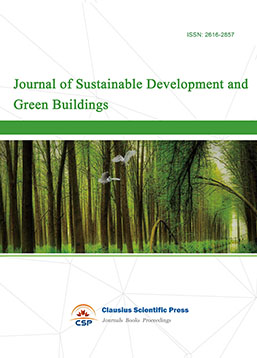
-
Landscape and Urban Horticulture
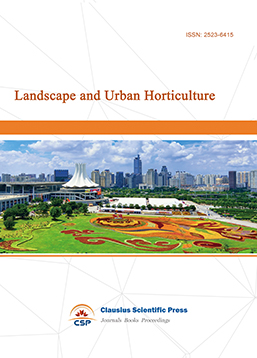
-
Bridge and Structural Engineering
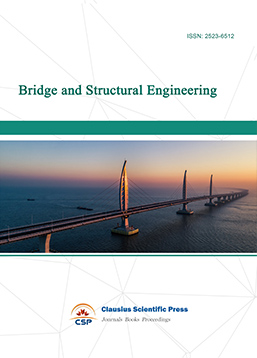
-
Soil Mechanics and Geotechnical Engineering
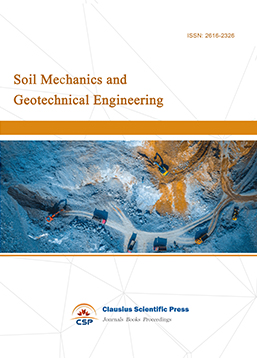
-
Journal of Municipal Engineering
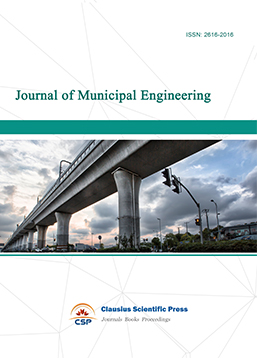
-
Heating, Ventilation and Air Conditioning

-
Indoor Air Quality and Climate
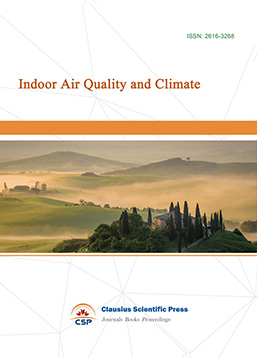
-
Computer Aided Architecture Design
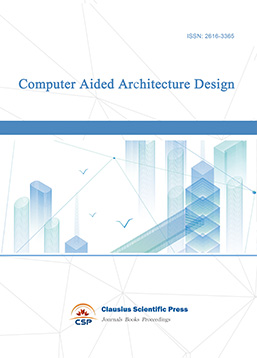

 Download as PDF
Download as PDF